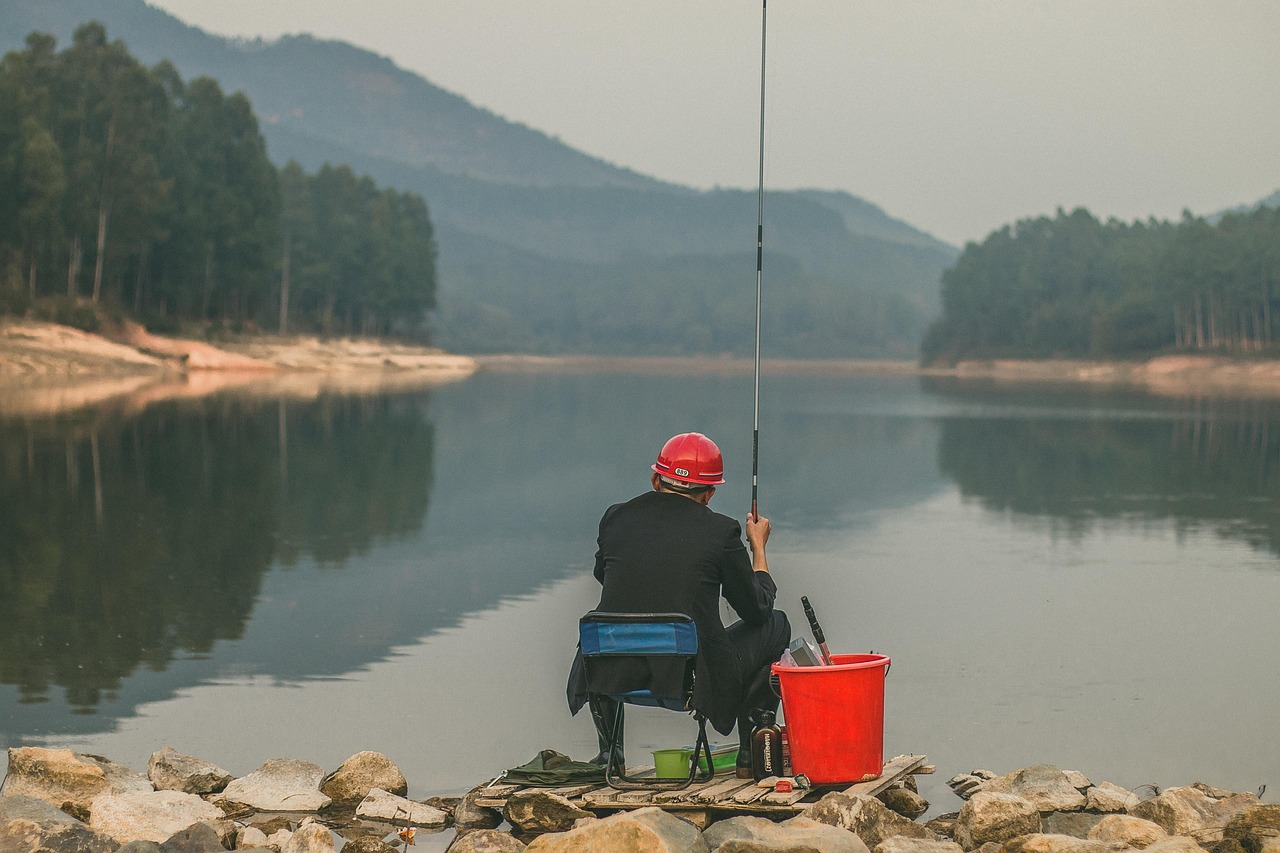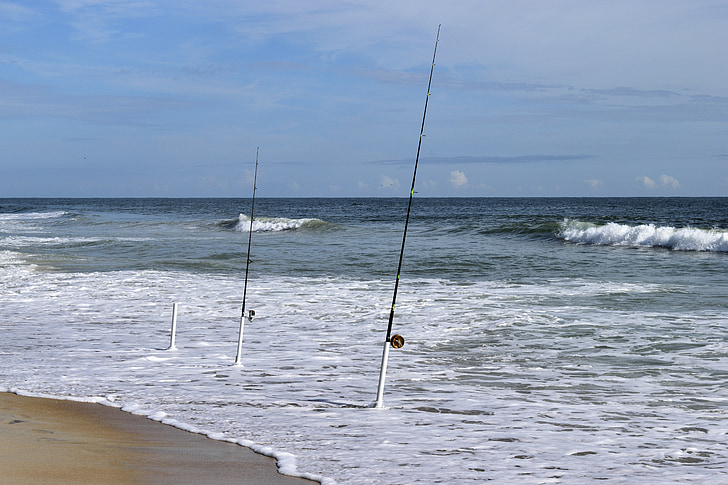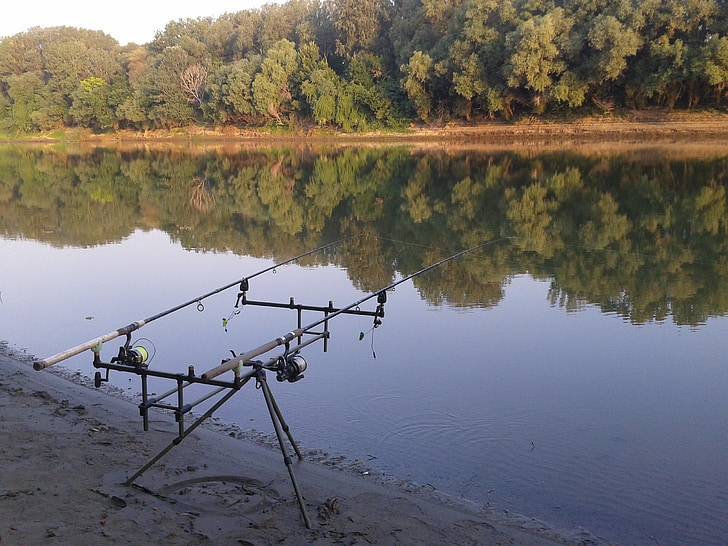Fishing for monster salmon on Lake Michigan is an exhilarating experience that draws anglers from all over the country. The lake’s cool, deep waters provide an ideal habitat for salmon, particularly during the prime fishing seasons. Whether you’re looking to reel in a trophy Chinook or a feisty Coho, preparing for your fishing adventure on Lake Michigan requires knowledge, patience, and the right gear. In this in-depth guide, we’ll walk you through the essential steps to ensure a successful fishing trip, covering everything from fishing licenses to fishing techniques, regulations, and practical advice.
1. Understanding Salmon Species in Lake Michigan
Before you embark on your fishing adventure, it’s essential to familiarize yourself with the types of salmon you’ll be targeting on Lake Michigan. Three main species of salmon are commonly found in these waters:
- Chinook Salmon (King Salmon): Known for their impressive size, Chinooks can weigh up to 40 pounds or more. They are considered the ultimate catch for anglers seeking a monster fish.
- Coho Salmon: Slightly smaller than Chinooks, Coho salmon can still put up a great fight, typically weighing between 5-15 pounds. These salmon are known for their acrobatic jumps and speed.
- Pink Salmon: Though less abundant, pink salmon occasionally make an appearance in Lake Michigan, often as a result of stocking programs. They’re smaller but still provide fun for anglers.
2. When to Fish for Salmon on Lake Michigan
Timing is crucial when fishing for monster salmon. While you can fish year-round, certain times of the year yield the best results:
- Spring (April – June): Salmon begin migrating to shallower waters to feed as the water temperatures rise. This period is excellent for early season catches, especially for Coho salmon.
- Summer (July – August): As water temperatures stabilize, salmon start to venture deeper in search of cooler waters. Trolling in deeper parts of the lake can be highly productive.
- Fall (August – October): Fall marks the peak of salmon runs, as salmon begin to swim upstream to spawn. During this period, they are highly concentrated and more aggressive. This is considered the best time to catch monster Chinooks.
Best Tip: The best fishing hours are early mornings or evenings, as salmon are most active during these periods.
3. Fishing Licenses and Regulations: What You Need to Know
Before casting your line, it’s essential to obtain the proper fishing license. Each state surrounding Lake Michigan has its own fishing regulations, so it’s important to ensure you are compliant. Here’s a step-by-step guide:
Step 1: Determine Your Eligibility
- Age Requirement: Typically, individuals aged 16 and older are required to have a fishing license.
- Residency Status: Fishing licenses differ for residents and non-residents. Be sure to choose the correct type based on your home state.
- Special Circumstances: Many states offer discounts or free fishing days for seniors, veterans, or people with disabilities. Always check for eligibility.
Step 2: Choose the Right License
There are several types of fishing licenses:
- Freshwater Fishing License: Required for fishing in lakes, rivers, and other inland waters.
- Saltwater Fishing License: If you plan to fish in coastal waters, you’ll need a saltwater license.
- Combination License: Allows fishing in both freshwater and saltwater.
- Temporary License: Ideal for visitors who are fishing for a short period (a few days).
Step 3: Research State Regulations
Each state surrounding Lake Michigan (Michigan, Illinois, Wisconsin, and Indiana) has different fishing regulations, including rules about bag limits, seasons, and special regulations for salmon fishing. You can find these regulations on state Department of Natural Resources websites. Ensure you are aware of:
- Fishing Seasons: The dates when it’s legal to fish for specific species.
- Bag Limits: The number of fish you are allowed to catch per day.
- Size Limits: Minimum and maximum sizes for certain fish species.
Step 4: Purchase Your License
You can purchase your fishing license:
- Online: Through state websites such as Michigan.gov/DNRLicenses for Michigan residents.
- In-Person: From authorized retailers or local government offices.
- By Phone: Some states allow purchasing licenses by phone.
Step 5: Keep Your License Accessible
Always have your fishing license with you while fishing. You may be asked to show it to a wildlife officer. Many states now allow digital copies, so keep a digital version on your mobile device for convenience.
Regulation Tip: Stay up-to-date on changes in fishing regulations as they can change from year to year. Regularly visit your state’s Department of Natural Resources website for updates.
4. Essential Gear for Salmon Fishing on Lake Michigan
Having the right gear is critical for a successful fishing trip. Salmon fishing on Lake Michigan requires specialized equipment due to the size of the fish and the conditions of the lake.
Fishing Rod and Reel:
- Rod: A medium-heavy or heavy-action trolling rod (8-10 feet long) is ideal for managing the strength of salmon. Choose a rod that can handle 15-30 lb test line.
- Reel: A high-quality trolling reel with a strong drag system to help fight against the salmon’s powerful runs.
Fishing Line and Leaders:
- Braided Line: Choose a 20-30 lb braided line for strength and sensitivity.
- Fluorocarbon Leader: Use a 15-20 lb fluorocarbon leader to avoid visibility in the water.
Downriggers and Dipsy Divers:
- Downriggers: These devices are essential for getting your lure down to the correct depth (typically 40-120 feet).
- Dipsy Divers: Use these to spread your lines horizontally, covering a wider area of the lake and increasing your chances of success.
Lures and Bait:
- Spoons: Silver, gold, or copper spoons are great for trolling and mimicking the flash of baitfish.
- Swimbaits and Stickbaits: These mimic wounded baitfish and work well at different depths.
- Flashers and Flies: Flashers attract attention, and flies mimic small fish.
5. Fishing Techniques: Trolling for Success
Trolling is the most effective method for catching salmon on Lake Michigan, particularly when targeting larger fish. The key is to maintain a steady boat speed and use your downriggers to keep your lures at the right depth.
- Speed: Maintain a speed of 2-3 mph for optimal trolling.
- Depth: Salmon usually stay between 40-120 feet deep, especially in warmer months, so use downriggers to bring your bait down to the right depth.
- Vary Your Lures: Try different lures, colors, and speeds until you find what works. Salmon can be picky about what they bite.
6. Catch-and-Release and Best Practices
If you’re not interested in keeping your catch, practice proper catch-and-release techniques to help preserve the salmon population. Handle the fish gently, and if you plan to release it, do so quickly to minimize stress.
Catch Tip: Use a net with a wide opening to land the fish without damaging it.
7. Additional Tips for Success
- Be Patient: Salmon fishing can take time. Bring plenty of snacks, water, and entertainment for longer trips.
- Use a Fish Finder: A fish finder can help locate schools of fish, increasing your chances of success.
- Stay Updated on Weather: Salmon fishing is most productive when weather conditions are stable. Keep an eye on water temperatures and weather patterns.
Conclusion: Get Ready for an Unforgettable Fishing Adventure
Catching a monster salmon on Lake Michigan is a dream for many anglers, but achieving this requires preparation, the right equipment, and an understanding of local regulations. Follow this guide, stay patient, and be persistent, and you’ll increase your chances of landing that trophy fish.
Remember to always fish responsibly, respect the environment, and stay up-to-date with the latest regulations to help preserve this incredible fishery for future generations. Ready to start your salmon fishing adventure? Grab your gear, secure your license, and enjoy the thrill of catching a monster salmon on Lake Michigan!
For more information on fishing regulations and to purchase your fishing license, visit the official websites:


